Description
Formic acid. It’s not a household name, but it’s a powerful chemical with a surprisingly wide range of applications, from preserving animal feed to manufacturing pharmaceuticals. While you might be familiar with its diluted form in ant stings, 99% formic acid is a concentrated substance that demands respect and careful handling. Let’s delve into what makes this chemical so significant and its uses.
What is Formic Acid?
Formic acid (chemical formula HCOOH) is the simplest carboxylic acid, a class of organic acids characterized by the presence of a carboxyl group (-COOH). It’s a colorless liquid with a pungent, irritating odor. The term “formic” comes from the Latin word “formica,” meaning ant, as it was first isolated from ant distillates.
While commonly encountered in its diluted form, commercially available formic acid at 99% concentration is significantly more potent. This high concentration requires careful storage, handling, and use.
Key Properties of 99% Formic Acid:
High Concentration: Crucially, the 99% designation signifies a very pure, highly concentrated form of the acid. This makes it much more reactive and potent than diluted versions.
Corrosive: Formic acid is corrosive. Contact with skin and eyes can cause severe burns, and inhaling the vapors can irritate the respiratory system. Proper safety measures, including gloves, goggles, and respirators, are essential when handling it.
Strong Acid: While considered a weaker acid compared to mineral acids like hydrochloric acid, formic acid’s high concentration makes it a strong acid capable of causing significant damage if mishandled.
Miscible with Water: It can mix with water in all proportions, which is crucial for diluting it for various applications.
Reducing Agent: Formic acid can also act as a reducing agent, meaning it can donate electrons to another chemical. This is important in various chemical processes.
Beyond Ant Stings: Applications of 99% Formic Acid
The high concentration of 99% formic acid makes it a valuable tool in various industries:
Agriculture:
Preservative for Silage: One of the most significant applications of formic acid is in agriculture. It’s used as a preservative for silage, fermented animal feed, preventing spoilage by inhibiting the growth of unwanted bacteria and fungi.
Pest Control: Some agricultural applications use it as a natural insecticide or fungicide.
Textile Industry:
Dyeing and Finishing: Formic acid plays a role in dyeing and finishing textiles, acting as a pH adjuster and mordant (a substance that helps dye bind to fabric).
Leather Industry:
Tanning and Processing: It’s used in the leather tanning process to stabilize the hides and help remove hair.
Chemical Industry:
Intermediate in Chemical Synthesis: Formic acid serves as a crucial intermediate in the production of various chemicals, including formates, pharmaceuticals, and other organic compounds.
Rubber Production: In the rubber industry, it’s used as a coagulant for natural rubber latex.
Pharmaceuticals:
Active Pharmaceutical Ingredient (API): Formic acid is used directly or in the synthesis of various pharmaceutical products.
pH adjustment: In the formulation stage of pharmaceutical manufacturing, formic acid is used to adjust pH.
Laboratory Use:
Analytical Chemistry: Due to its properties, it is used in various analytical techniques, especially in mobile phase of HPLC (High Performance Liquid Chromatography).
Safety Precautions are Paramount
The versatility of 99% formic acid is undeniable, but so is the need for caution. Due to its high concentration and corrosive nature, proper safety protocols are absolutely essential. Here are some crucial safety measures:
Personal Protective Equipment (PPE): Always wear appropriate PPE, including goggles, gloves, acid-resistant clothing, and respirators when handling formic acid.
Proper Ventilation: Work with formic acid in well-ventilated areas to avoid inhaling vapors.
Safe Storage: Store formic acid in tightly sealed, acid-resistant containers, away from incompatible materials and sources of ignition.
Emergency Procedures: Ensure easy access to eyewash stations and safety showers in case of accidental exposure.
Dilution Techniques: If dilution is needed, always add acid to water, not water to acid. This practice prevents the generation of heat and potential splashes of concentrated acid.
Conclusion
Formic acid at 99% concentration is a potent and valuable chemical used across diverse industries for its unique properties. While it’s not something you’ll likely find in your kitchen cabinet, its importance in agriculture, manufacturing, and various industrial processes is undeniable. However, its high concentration demands meticulous safety precautions and careful handling to prevent accidents. With proper understanding and respect for its properties, formic acid can continue to be a powerful tool for various applications.

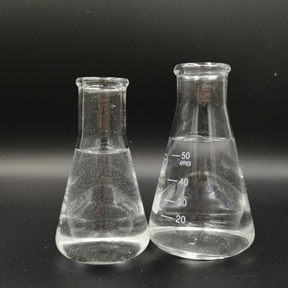
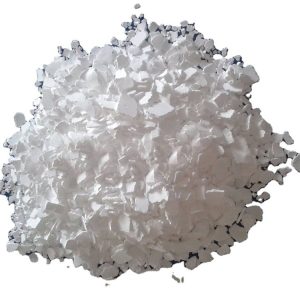
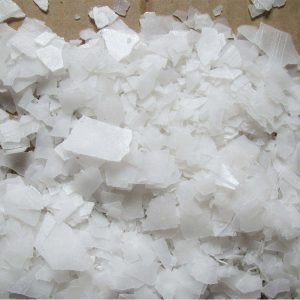
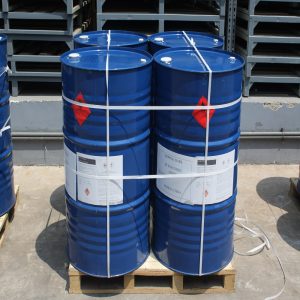
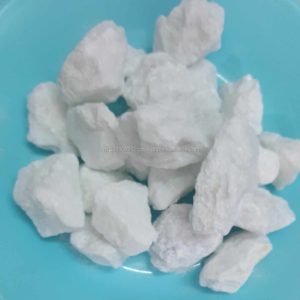

Reviews
There are no reviews yet.